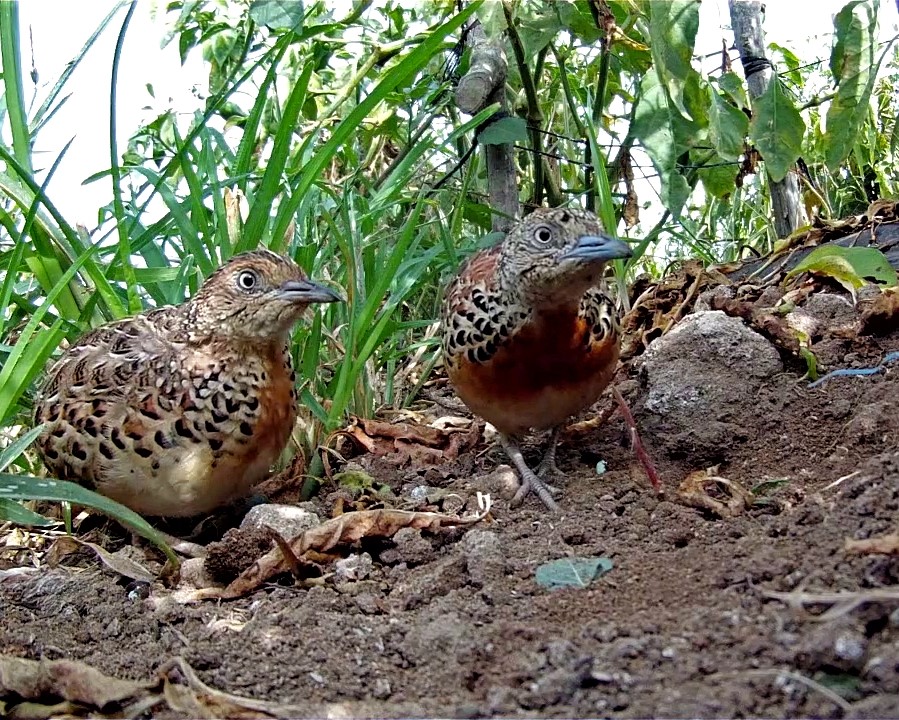Extinction risk is often associated with intrinsic species traits such as larger size, higher trophic level, narrower habitat niche or smaller distribution area. Despite this, fast extinctions can also occur in species that apparently do not exhibit any of these traits. The Andalusian Buttonquail (Turnix sylvaticus sylvaticus) is a critically endangered taxon, which barely survives in a single population in western Morocco. This study describes how this taxon with a formerly wide distribution range, high reproductive rates, low trophic level in the food chain, small size and apparently coarse habitat requirements, is heading towards extinction. By means of environmental niche modelling, its historical distribution was outlined and then at a regional scale (Andalucía) the role of historical land use changes and human population trends in the rapid decline of the species was explored. Principal component analysis of environmental variables showed that its distribution was mainly determined by low continentality and aridity. Since the nineteenth century, the decline in the extent of occurrence has been above 99.99%. Analysis of land use changes showed that areas with a higher probability of historical presence have suffered more intense agricultural intensification and afforestation processes. These areas have also been those which have suffered higher human population pressure and development. Any conservation efforts should focus on maintaining coexistence of the species with humans. informacion[at]ebd.csic.es: Gutiérrez-Expósito et al (2020) Vanishing wildlife in populated areas: the demise of the Andalusian Buttonquail. J Ornithol DOI 10.1007/s10336-020-01771-y
https://link.springer.com/article/10.1007/s10336-020-01771-y

 Las altas temperaturas están provocando que las lagunas y las marismas de Doñana pierdan agua rápidamente
Las altas temperaturas están provocando que las lagunas y las marismas de Doñana pierdan agua rápidamente




